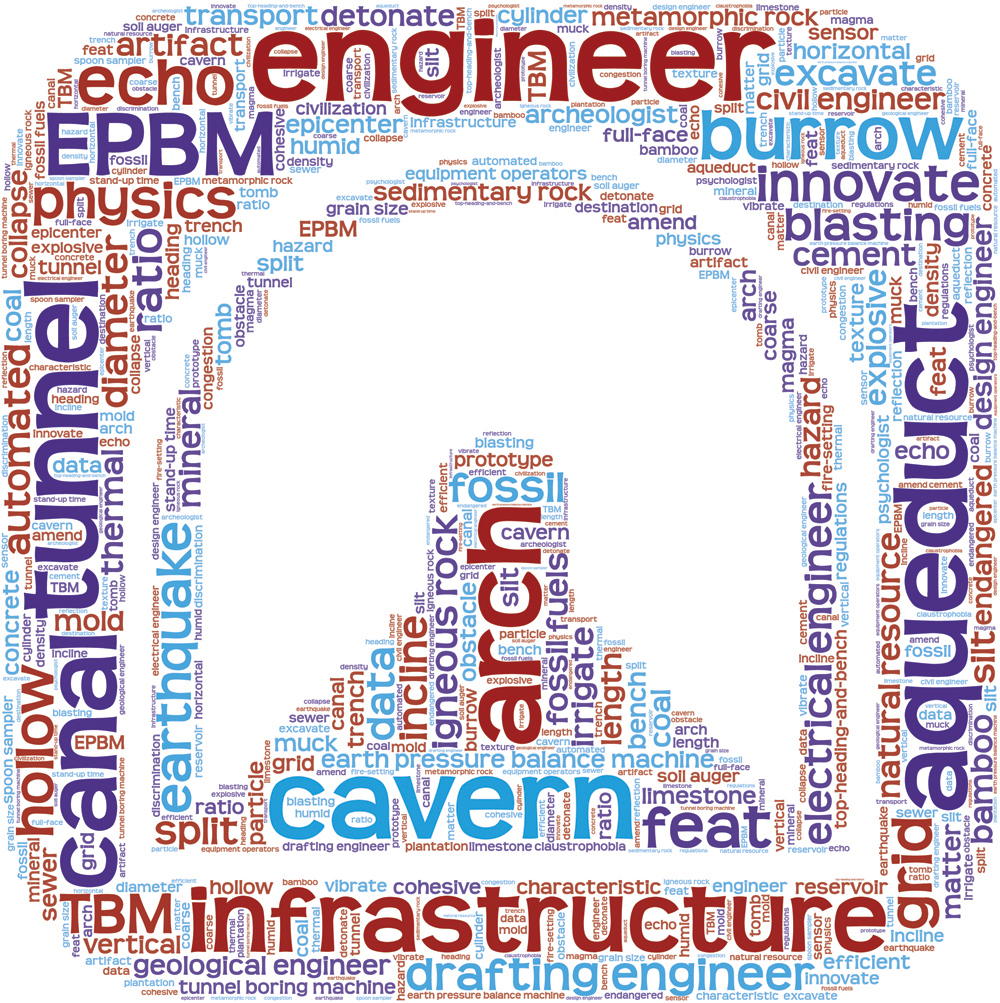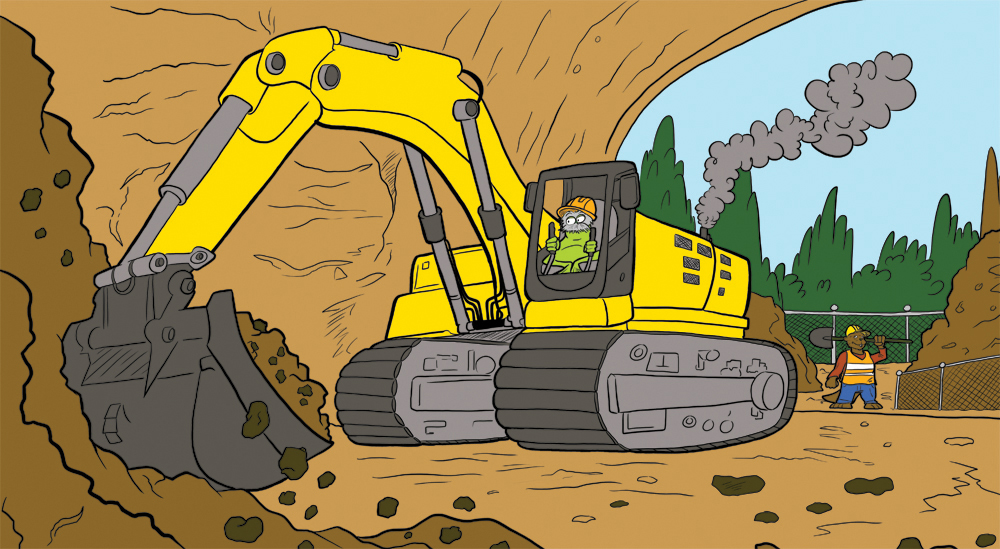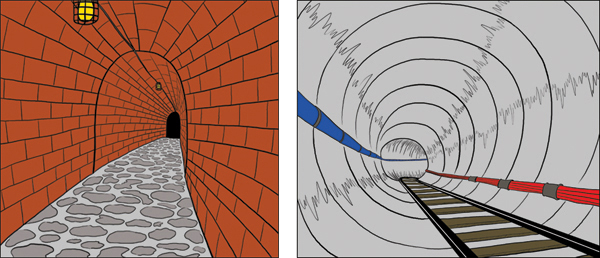Jeanette Moore - Tunnels!: With 25 Science Projects for Kids
Here you can read online Jeanette Moore - Tunnels!: With 25 Science Projects for Kids full text of the book (entire story) in english for free. Download pdf and epub, get meaning, cover and reviews about this ebook. year: 2018, publisher: Nomad Press, genre: Children. Description of the work, (preface) as well as reviews are available. Best literature library LitArk.com created for fans of good reading and offers a wide selection of genres:
Romance novel
Science fiction
Adventure
Detective
Science
History
Home and family
Prose
Art
Politics
Computer
Non-fiction
Religion
Business
Children
Humor
Choose a favorite category and find really read worthwhile books. Enjoy immersion in the world of imagination, feel the emotions of the characters or learn something new for yourself, make an fascinating discovery.
- Book:Tunnels!: With 25 Science Projects for Kids
- Author:
- Publisher:Nomad Press
- Genre:
- Year:2018
- Rating:3 / 5
- Favourites:Add to favourites
- Your mark:
Tunnels!: With 25 Science Projects for Kids: summary, description and annotation
We offer to read an annotation, description, summary or preface (depends on what the author of the book "Tunnels!: With 25 Science Projects for Kids" wrote himself). If you haven't found the necessary information about the book — write in the comments, we will try to find it.
Moles, beavers, rabbits . . . these animals burrow tunnels in the ground every day! What other kind of creature makes tunnels? Humans!
In Tunnels! With 25 Science Projects for Kids, kids ages 7 to 10 explore the fascinating world of passageways beneath the ground, dug deep within the earth through soil and rock. But why dig through rock to make a tunnel? Tunnels give people a way to travel and transport goods from one place to another. Readers learn about the engineering and construction that goes into every tunnel made, whether its being dug under roads, under oceans, or under cities. Kids form a foundational learning about the laws of physics that govern our world and discover how engineers use these laws to design tunnels that withstand the test of time, weight, and earthquakes. Controlling groundwater, drilling through rocks, and removing earth are just a few tasks workers must face.
STEM projects for kids, including creating a tunnel maze, designing a series of tunnels on graph paper, and experimenting with Newtons laws of motion, offer a unique, interactive learning experience, while links to primary sources offer ample opportunity for further student-led exploration. Fun facts, engaging illustrations, timeline, glossary, and resources keep kids wanting to learn more about the engineering design process.
Tunnels! is part of a set of four Explore Engineering books. In the Explore Engineering set, readers ages 7 to 10 learn the physics behind the things they build: Why does a tower of blocks eventually fall? Why does a tunnel sometimes cave in? Through a series of focused, science-minded activities that require critical thinking paired with creative trial-and-error attempts at building, readers develop foundational understanding of the physics that guides the building and maintenance of bridges, canals, dams, tunnels, and skyscrapers.
Titles in the Explore Engineering set include Bridges! With 25 Science Projects for Kids;Canals and Dams! With 25 Science Projects for Kids; Tunnels! With 25 Science Projects for Kids; and Skyscrapers! With 25 Science Projects for Kids.
Nomad Press books in the Explore Your World series for children ages 710 integrate content with participation. Common Core State Standards, the Next Generation Science Standards, and STEM Education all place project-based learning as key building blocks in education. Combining content with inquiry-based projects stimulates learning and makes it active and alive. Nomads unique approach simultaneously grounds kids in factual knowledge while allowing them the space to be curious, creative, and critical thinkers.
Jeanette Moore: author's other books
Who wrote Tunnels!: With 25 Science Projects for Kids? Find out the surname, the name of the author of the book and a list of all author's works by series.


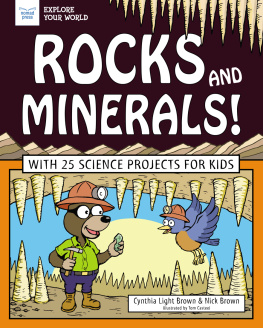
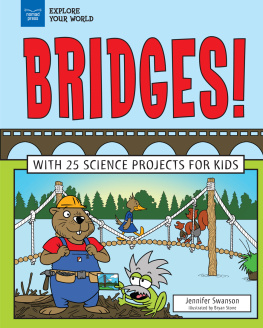
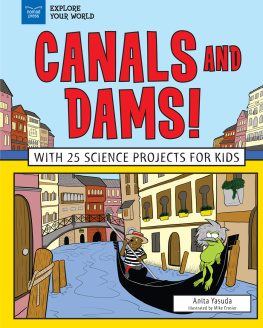
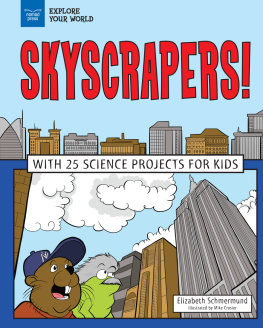
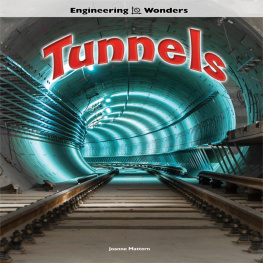
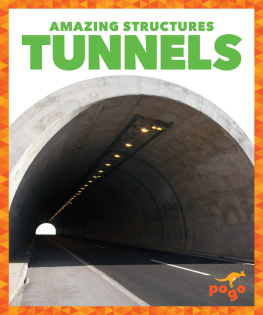
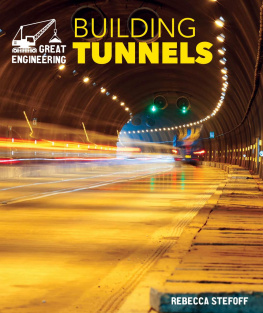
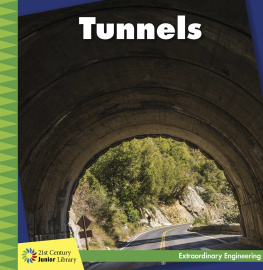

![Vaughn Jen - Bridges and tunnels: investigate feats of engineering [with 25 projects]](/uploads/posts/book/242802/thumbs/vaughn-jen-bridges-and-tunnels-investigate-feats.jpg)
![Vaughn Jen - Bridges and tunnels : investigate feats of engineering [with 25 projects]](/uploads/posts/book/143664/thumbs/vaughn-jen-bridges-and-tunnels-investigate.jpg)


